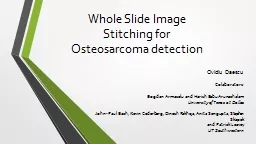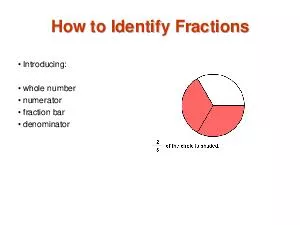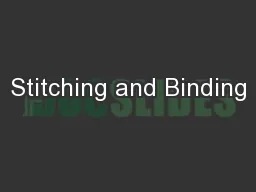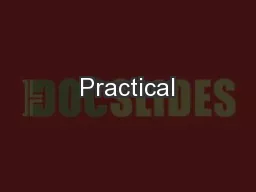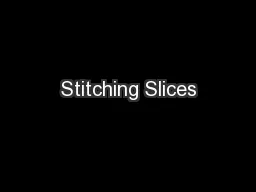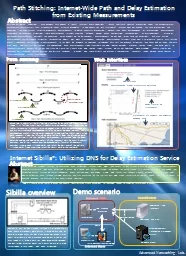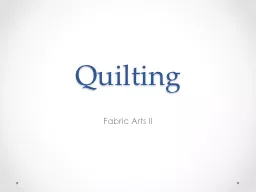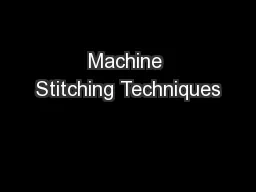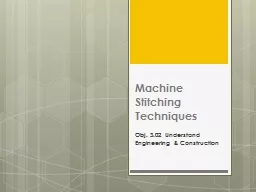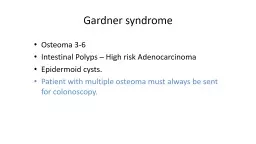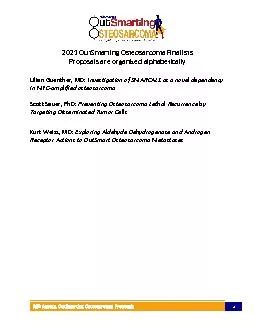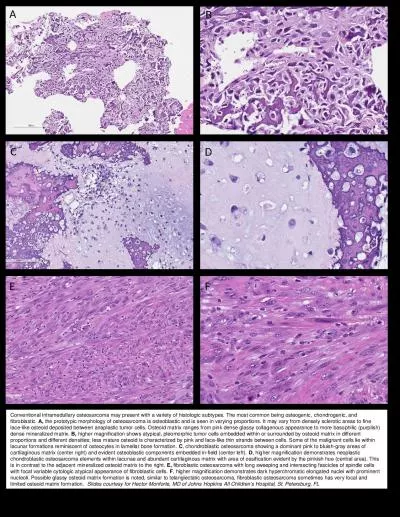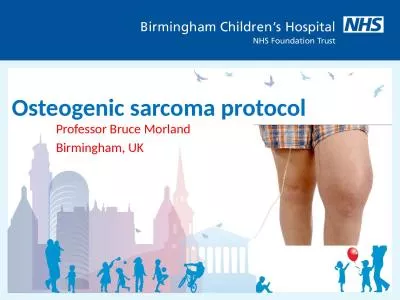PPT-Whole Slide Image Stitching for Osteosarcoma detection
Author : myesha-ticknor | Published Date : 2017-01-12
Ovidiu Daescu Colaborators Bogdan Armaselu and Harish Babu Arunachalam University of Texas at Dallas JohnPaul Bach Kevin Cederberg Dinesh Rakheja Anita
Presentation Embed Code
Download Presentation
Download Presentation The PPT/PDF document "Whole Slide Image Stitching for Osteosar..." is the property of its rightful owner. Permission is granted to download and print the materials on this website for personal, non-commercial use only, and to display it on your personal computer provided you do not modify the materials and that you retain all copyright notices contained in the materials. By downloading content from our website, you accept the terms of this agreement.
Whole Slide Image Stitching for Osteosarcoma detection: Transcript
Download Rules Of Document
"Whole Slide Image Stitching for Osteosarcoma detection"The content belongs to its owner. You may download and print it for personal use, without modification, and keep all copyright notices. By downloading, you agree to these terms.
Related Documents

